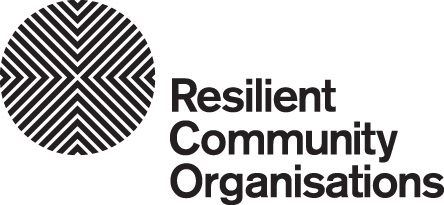What are Disasters and Emergencies?
It is not the physical damage or personal injuries that are operative in defining an event as a disaster (in fact the event may be free from injuries and physical disruption), it is the disruption to daily behavioural norms that renders the event a disaster.
Disasters and emergences can arise from events that are known as hazards (or sources of risk):
- Floods, storm surges and tsunamis
- Heatwaves and bushfires
- Storms, hurricanes and cyclones
- Earthquakes and landslides
- Pandemics
- and more.
The two terms, emergency and disaster, are often used interchangeably. However, they do have two distinct meanings. Emergency Management Australia defines:
an emergency as “an event, actual or imminent, which endangers or threatens to endanger life, property or the environment, and which requires a significant and coordinated response.”
a disaster as “a condition or situation of significant destruction, disruption and/or distress to a community.”
Not every emergency will become a disaster.
Whilst sometimes unavoidable, catastrophic disasters occur, for the most part, our choices and actions to prevent, prepare for, respond to and recover from an emergency will influence whether or not it becomes a disaster or how severe the disaster is.
It’s up to all of us to stop emergencies from becoming disasters.
What is Disaster Resilience?
Resilience is the capacity to cope with shocks and keep functioning in much the same way.
More formally resilience is the ability of a social or ecological system to absorb disturbances while retaining the same basic infrastructure and ways of functioning, the capacity for self-organisation and the capacity to adapt to stress and change.
Disaster resilience is about ‘bouncing back’ from disasters and emergencies. Improving your organisation's resilience will ensure it is well prepared for an emergency event. It will ensure that you can continue to provide services to your clients, protect the wellbeing of your staff and that your organisation can continue operating despite the crisis.
Community organisations are generally not well prepared for disasters and emergencies and so it is particularly important that the leadership of community organisations step up to the role of leading their organisations' preparedness for disasters and emergencies.
The report Adapting the Community Sector for Climate Extremes[1], found that the community sector is highly vulnerable and unprepared. At present, our sector has very limited ability to ‘bounce back’ or survive an emergency let alone ‘bounce forward’. For example, after an extreme weather event which resulted in their offices or services centres being inaccessible, 50% of organisations would be unable to operate for at least a week. More seriously, 25% of organisations reported that damage caused by an extreme weather event might lead to their permanent closure.





